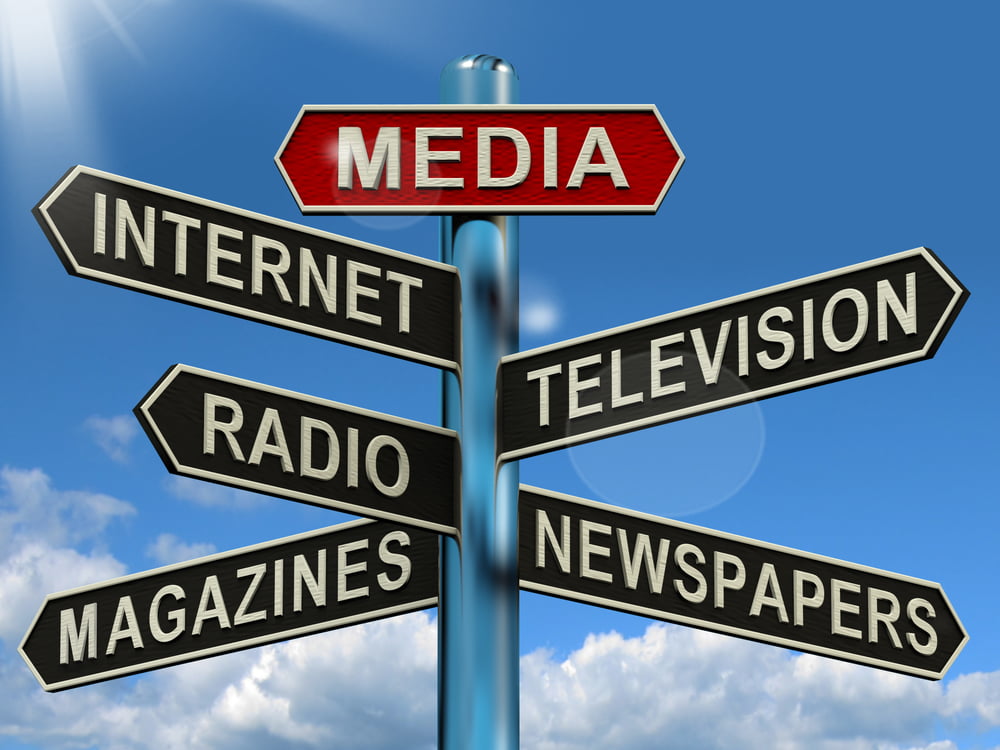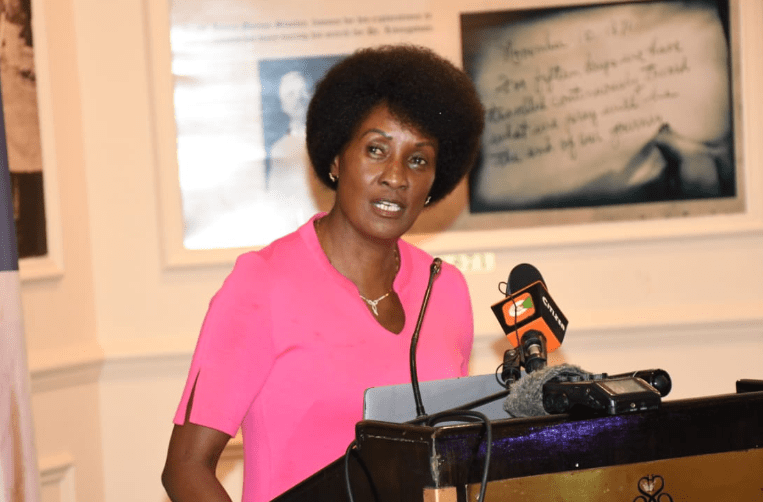Media and information policy critical in its use

Media are infused into our ecosystem and have become part of everyday reality. Indeed, the definition and conceptualisation of media have changed with time. Traditionally, it was simply the technological means of mediating communication between the audience and the source of information.
But that was before the evolution in the technology sector that miniaturised this means of transmitting content and increased how it functioned. While it still transmits information, it has also become the wallet, the map, the notebook, and the encyclopedia.
While promising and responsible people stayed on board, the media also attracted irresponsible people and content. Today, information is nestled alongside misinformation, good information struggles for space with wrong information. While it is a solution provider on many fronts, it is also the source of heartbreaks and distortion of information for others.
Literacy skills were necessary to consume media content. Today a different set of skills is essential to consume the content of what is to be found in contemporary media, much of it electronic. Sectors of information, while exposed to media content, do not know the processes through which content finds its way to the media and how that affects the nature of that content. Among the considerations that inform content in media include economic, legislative, cultural, and policy guidelines. While these affected content in the past, now these factors have an even more significant impact, necessitating that a content consumer is more conscious of them.
Progressive legislation requires that people be guaranteed certain rights, including the right to be informed, to be culturally respected, to assemble freely, and to participate in society, particularly in electing leaders and having a say in how they are governed. Citizens’ right to free speech and to worship has to be guaranteed.
These are not just rights provided for in the country but form the requirements for membership in the community of nations. The broadcast space that Kenya enjoys may belong to Kenya, but as a member of the global community, Kenya has to submit to the guidelines set out at the International Telecommunications Union meetings thousands of miles away. Yet given our geopolitical positioning as a developing economy, Kenyan citizens are disadvantaged. The technologies for communication are developed in the north, and we consume it largely second-hand; the software through which this information is processed is a product of the northern hemisphere economies, as does the volume of content generated, the language in which it is packaged, and its cultural clothing. Countries in the southern economic hemisphere are net consumers of content.
This makes the discussion around media and information literacy so essential and critical. How can people who consume this content, primarily generated from elsewhere, be sensitised to consume and use the media of communication with a degree of sophistication to provide for the nuances of content production designed to influence them?
As the guardian of the people, the government must implement a policy to inform such a strategy. The national philosophy, the country’s vision, and aspirations should inform the policy. Based on these, Kenya must have clear media policies and regulations. Then we must set clear national values that underpin our behaviour and conduct. Following these, we need a mechanism for enabling our populations through our educational system on how the media space is operated.
Such education would involve alerting the population to the major players in media content production, their interests, how the media content is generated, and some of the subtle influences that go into making it, among others. If the public is aware of the dynamics of media operations, they will bring this sophistication to consuming media content. Such education cannot be limited to a section of society alone, but rather across society, at every stage of human development and be made a lifelong mission given the continuous evolution of the media environment.
—The writer is the Dean, School of Communication, Daystar University












